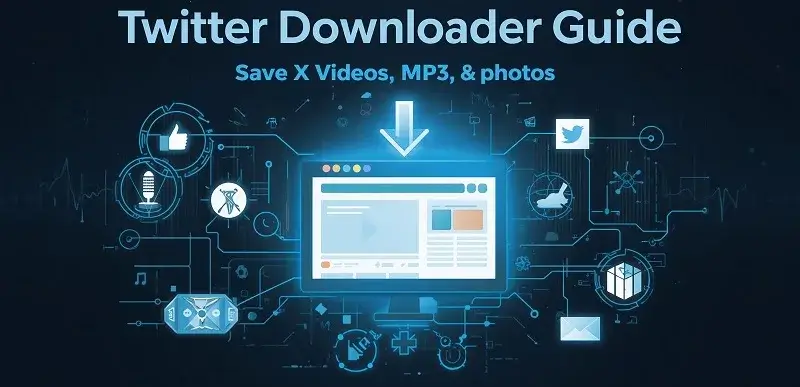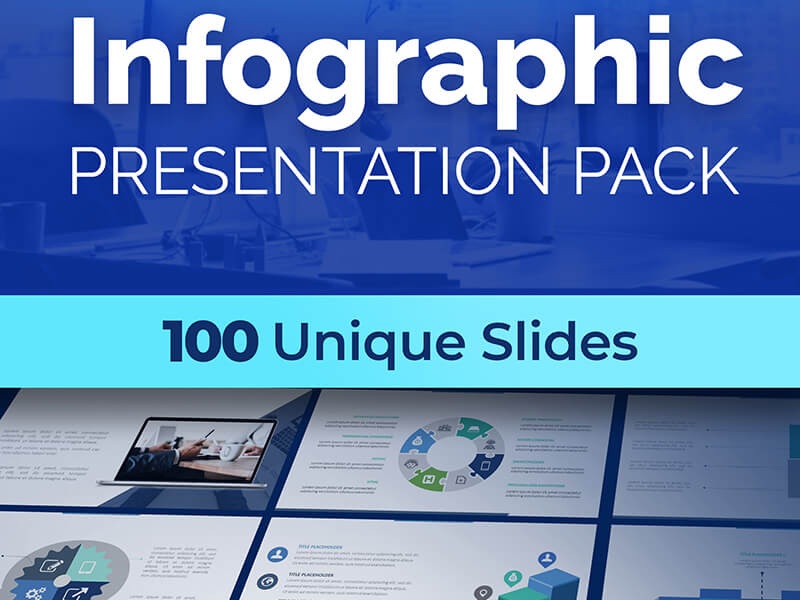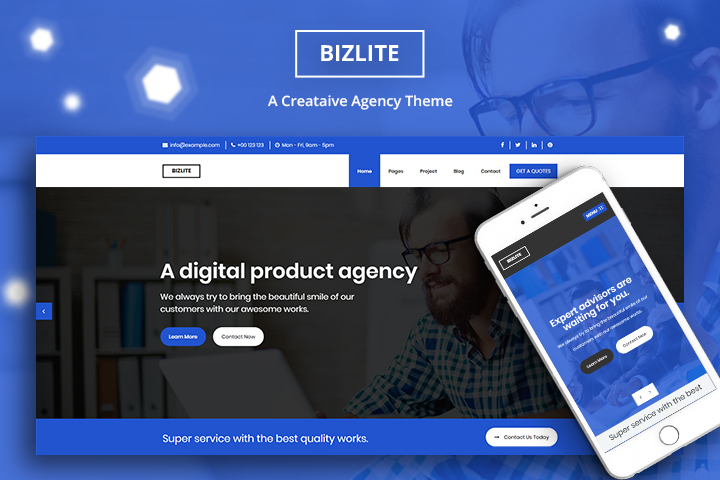Social media has evolved far beyond posting vacation photos and sharing memes. For businesses, these platforms have become powerful engines for generating qualified leads and driving revenue growth. Yet many companies still treat social media as an afterthought—a place to share company updates rather than a strategic tool for business development.
The numbers tell a compelling story. Businesses that actively engage on social media see 78% more website traffic than those that don’t. Meanwhile, 54% of social browsers use social media to research products before making a purchase. These statistics reveal a fundamental shift in how consumers discover, evaluate, and buy products and services.
Understanding how to leverage social media for lead generation and sales conversion requires more than sporadic posting. It demands a strategic approach that aligns content creation, audience engagement, and sales processes. By focusing on effective ways to engage with your followers to boost engagement on social media, this comprehensive guide will show you exactly how to transform your social media presence into a lead-generating machine that consistently drives revenue for your business.
Understanding the Social Media Sales Funnel
Social media operates differently from traditional sales channels. The journey from initial awareness to final purchase often spans multiple touchpoints across various platforms. This creates a unique sales funnel that requires careful nurturing and strategic content placement.
The social media sales funnel consists of four distinct stages: awareness, interest, consideration, and conversion. During the awareness stage, potential customers discover your brand through organic content, paid advertisements, or social shares. Your goal here is to capture attention with valuable, relevant content that addresses their pain points or interests.
Interest develops when followers begin engaging with your content through likes, comments, and shares. This stage requires consistent posting and active community management. You must respond to comments, participate in conversations, and provide additional value through educational content or behind-the-scenes glimpses of your business.
The consideration stage is where prospects evaluate your offerings against competitors. Social proof becomes crucial here—testimonials, case studies, and user-generated content help build trust and credibility. Many businesses fail to capitalize on this stage because they rush toward the sale instead of building genuine relationships.
Conversion happens when engaged prospects take specific actions: signing up for newsletters, downloading resources, requesting consultations, or making purchases directly through social commerce features. This stage requires clear calls-to-action and seamless integration between your social media presence and sales processes.
Platform-Specific Lead Generation Strategies
Each social media platform offers unique opportunities for lead generation, requiring tailored approaches that align with user behavior and platform capabilities.
LinkedIn for B2B Lead Generation
LinkedIn remains the gold standard for B2B lead generation, with 80% of social media leads coming from this platform. Just like choosing the best B2B marketplace software can give businesses a competitive edge, the key here lies in positioning yourself as a thought leader within your industry. Share insights, participate in industry discussions, and publish long-form content that demonstrates expertise.
LinkedIn’s Sales Navigator tool allows precise targeting based on company size, industry, job titles, and geographic location. Use this feature to identify and connect with decision-makers who match your ideal customer profile. However, avoid immediately pitching your services after connecting. Instead, engage with their content and provide value before introducing business conversations.
Content that performs well on LinkedIn includes industry reports, professional insights, company culture posts, and educational content. Video content receives five times more engagement than text-only posts, making it an excellent format for explaining complex concepts or sharing client success stories.
Facebook for Community Building and Lead Nurturing
Facebook’s strength lies in community building and detailed audience targeting capabilities. Facebook Groups provide excellent opportunities for establishing authority and nurturing relationships with potential customers. Create or actively participate in groups where your target audience congregates.
The platform’s advertising system offers sophisticated targeting options based on demographics, interests, behaviors, and custom audiences. Use Facebook Pixel to track website visitors and create remarketing campaigns that re-engage people who showed initial interest but didn’t convert immediately.
Facebook Lead Ads streamline the lead capture process by allowing users to submit information without leaving the platform. These pre-filled forms reduce friction and typically see higher conversion rates than traditional landing page forms.
Instagram for Visual Storytelling and Product Discovery
Instagram’s visual nature makes it ideal for product-focused businesses and brands with strong visual identities. The platform’s shopping features allow direct product sales, while Stories provide opportunities for behind-the-scenes content and user-generated content campaigns.
Instagram Reels have become increasingly important for reach and discovery. Educational content, quick tips, and entertaining videos often perform well and can introduce your brand to new audiences. Use relevant hashtags strategically, but focus on engagement quality over follower quantity.
Influencer partnerships on Instagram can expand your reach significantly. Micro-influencers (1,000-100,000 followers) often provide better engagement rates and more authentic connections with their audiences than macro-influencers. Businesses looking to grow their reach should actively work to find Instagram influencers who align with their brand values and target audience.
Twitter for Real-Time Engagement and Customer Service
Twitter’s real-time nature makes it excellent for customer service, industry conversations, and timely content sharing. Use Twitter Chats to engage with industry communities and establish thought leadership. These regular discussions attract professionals interested in specific topics.
Twitter’s advanced search functionality helps identify prospects discussing problems your products or services solve. Engage in these conversations naturally, offering helpful advice before any sales-related interactions.
TikTok for Reaching Younger Demographics
While still emerging as a business platform, TikTok offers unique opportunities for reaching Gen Z and millennial audiences. The platform rewards creativity and authenticity over polished production values. Educational content, behind-the-scenes videos, and trend participation can significantly expand brand awareness.
Content Marketing Strategies That Generate Leads
Effective social media lead generation depends heavily on content that provides genuine value while subtly promoting your expertise and offerings. The most successful businesses create content that educates, entertains, or inspires their target audience.
Educational content consistently generates the highest engagement and lead conversion rates. Share industry insights, explain complex concepts, provide step-by-step tutorials, and answer frequently asked questions. This positions your brand as a trusted resource and naturally attracts prospects seeking solutions.
Case studies and success stories provide powerful social proof while demonstrating real-world applications of your products or services. Share client achievements, highlight problem-solving processes, and quantify results whenever possible. These stories help prospects visualize potential outcomes for their own situations.
Behind-the-scenes content humanizes your brand and builds emotional connections with your audience. Share team introductions, workplace culture, product development processes, and company milestones. This transparency builds trust and helps prospects feel more comfortable engaging with your business.
User-generated content amplifies your reach while providing authentic testimonials. Encourage customers to share their experiences, create hashtag campaigns, and showcase customer success stories. This content often performs better than brand-created materials because it feels more authentic and trustworthy.
Interactive content like polls, Q&A sessions, and live videos encourages engagement and provides valuable audience insights. Use these formats to gather feedback, answer questions, and demonstrate products or services in real-time.
Social Selling Techniques
Social selling involves using social media platforms to build relationships and engage with prospects throughout their buying journey. This approach requires patience and relationship-building rather than aggressive sales tactics.
Start by optimizing your professional profiles to clearly communicate your expertise and value proposition. Use professional headshots, write compelling headlines, and include relevant keywords in your descriptions. Your profile serves as your digital business card and should make a strong first impression.
Engage authentically with your network by commenting thoughtfully on posts, sharing relevant content, and participating in industry discussions. Focus on providing value rather than promoting your offerings. This consistent engagement keeps you visible and positions you as a helpful resource.
Share valuable content regularly to maintain visibility and demonstrate expertise. Mix original content with curated industry news and insights. Maintain a consistent posting schedule to stay top-of-mind with your network.
Use social listening tools to monitor mentions of your brand, competitors, and industry keywords. This intelligence helps identify prospects actively seeking solutions and provides opportunities for helpful engagement.
When reaching out to prospects, personalize your messages based on their recent activity, shared connections, or common interests. Generic sales messages rarely receive positive responses, but personalized outreach that references specific points of connection often sparks meaningful conversations.
Converting Social Media Traffic into Sales
Driving traffic from social media represents only half the equation—converting that traffic into actual sales requires strategic optimization of your conversion funnel.
Landing pages specifically designed for social media traffic typically perform better than generic website pages. These pages should align with the content that drove the traffic and maintain consistent messaging and visual elements. Include clear value propositions, minimize distractions, and use compelling calls-to-action.
Lead magnets provide excellent mechanisms for capturing contact information from social media visitors. Offer valuable resources like ebooks, whitepapers, templates, or free trials in exchange for email addresses. Ensure these resources directly relate to your social media content and provide genuine value.
Email marketing automation allows systematic nurturing of social media leads. Create targeted email sequences that provide additional value while gradually introducing your products or services. Most leads require multiple touchpoints before making purchase decisions, making email nurturing essential for conversion.
Sales engagement software can help manage and track interactions with social media leads across multiple touchpoints. These tools integrate social media interactions with email communications, phone calls, and website behavior to provide comprehensive lead profiles and optimization opportunities.
Retargeting campaigns help re-engage social media visitors who didn’t convert initially. Use platform-specific retargeting tools to show relevant ads to people who visited your website from social media. These campaigns often achieve higher conversion rates because they target warm leads who have already shown interest.
Measuring Social Media ROI for Lead Generation
Tracking the right metrics ensures your social media lead generation efforts produce measurable business results. Many businesses focus on vanity metrics like followers and likes instead of revenue-driving activities.
Lead quality metrics matter more than lead quantity. Track conversion rates from social media leads compared to other sources. Monitor the time required to convert social media leads and their average deal values. These insights help optimize your approach and allocate resources effectively.
Attribution tracking helps identify which social media activities generate the most valuable leads. Use UTM parameters, tracking codes, and analytics tools to trace leads from initial social media interaction through final sale. This data reveals which platforms, content types, and campaigns provide the best return on investment.
Customer lifetime value calculations help determine appropriate investment levels for social media lead generation. Leads that become long-term, high-value customers justify higher acquisition costs than one-time purchasers.
Cost per lead and cost per acquisition metrics help optimize spending across different platforms and campaigns. Compare these costs against other marketing channels to ensure optimal resource allocation.
Engagement quality metrics provide insights into audience receptivity and content effectiveness. Track comments, shares, saves, and click-through rates rather than just likes and views. High-quality engagement often correlates with better lead conversion rates.
Building Long-Term Success Through Social Media Sales
Social media lead generation requires consistent effort and strategic thinking rather than quick fixes or growth hacks. The most successful businesses treat social media as a long-term relationship-building channel rather than a direct sales tool.
Consistency in posting, engagement, and value delivery builds trust and credibility over time. Develop content calendars, maintain regular interaction schedules, and consistently deliver on promises made through your content.
Authenticity resonates more strongly than polished perfection. Share genuine insights, admit mistakes when appropriate, and maintain transparent communication. Audiences increasingly value authentic brands over those that appear overly polished or promotional.
Community building creates sustainable competitive advantages that competitors cannot easily replicate. Focus on creating valuable communities around your expertise rather than just promoting products. These communities become powerful sources of referrals, testimonials, and repeat business.
Continuous optimization ensures your strategies evolve with changing algorithms, user behaviors, and competitive landscapes. Regularly review performance metrics, test new approaches, and adapt strategies based on results and feedback.
Transform Your Social Media Presence into a Revenue Engine
Social media’s potential for lead generation and sales growth remains largely untapped by most businesses. The companies that commit to strategic, relationship-focused approaches consistently outperform those treating social media as an afterthought.
Success requires patience, consistency, and genuine value creation rather than aggressive selling tactics. Focus on building relationships, providing value, and nurturing prospects through educational content and authentic engagement. The sales will follow naturally when trust and credibility are established.
Start by selecting one or two platforms where your target audience is most active. Develop content strategies that provide genuine value while subtly demonstrating your expertise. Implement systems for capturing and nurturing leads, then measure and optimize your approach based on real business results.
The businesses that master social media lead generation today will have significant competitive advantages as these platforms continue evolving and maturing as business development tools.








